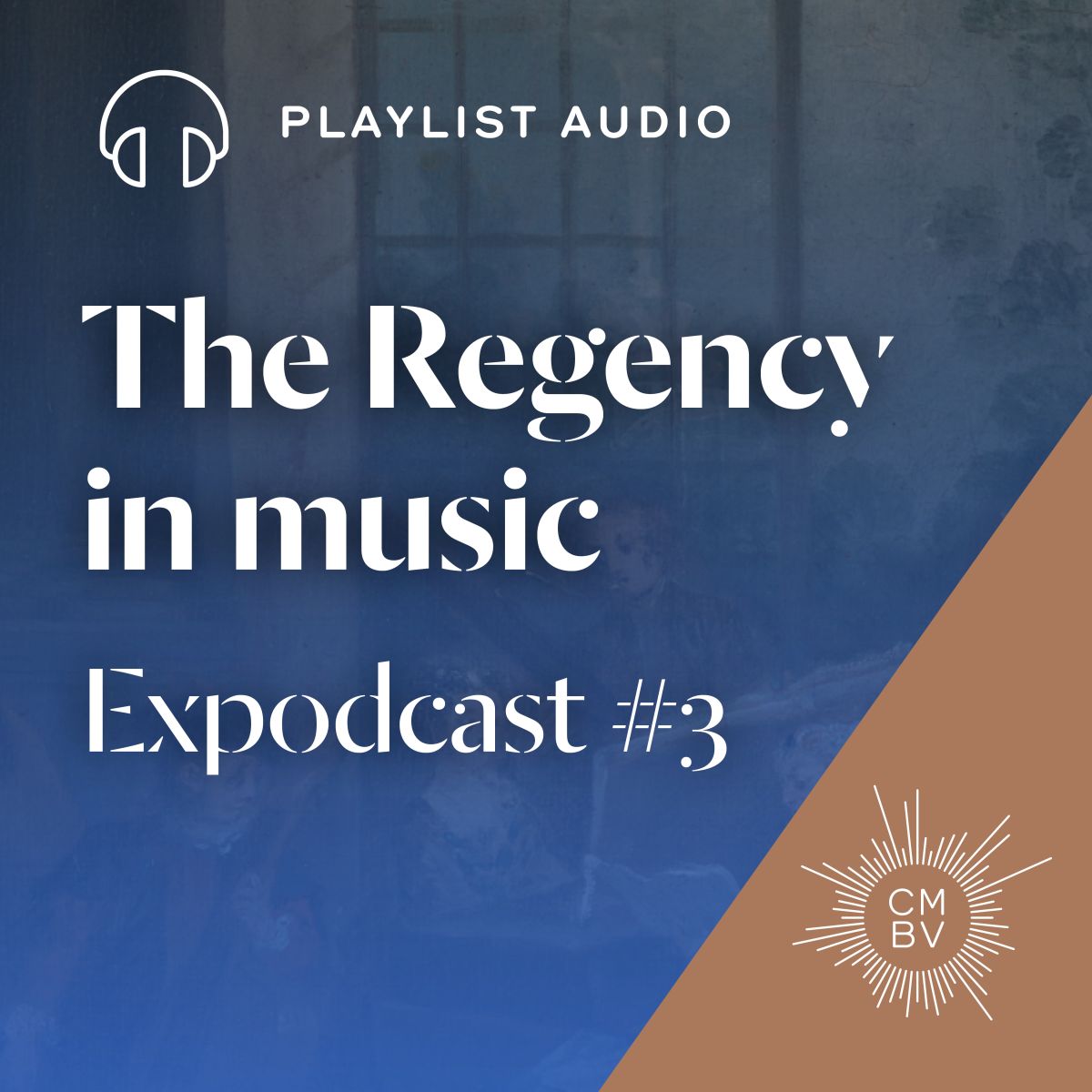Each month, the Centre de musique baroque de Versailles establishes a thematic playlist for you to experiment an immersive journey in the French musical repertoire of the 17th and 18th centuries. Enjoy the music !
Special Expodcast #3 "The Regency in Music, Let the Party Begin"
To conclude this year of celebrations around the Regency and Philippe II d'Orléans with music, the Centre de musique baroque de Versailles offers in an independent playlist the essentials of the music from their expodcast #3 "The Regency in Music, Let the Party Begin". This playlist is presented by Thomas Leconte, one of the scientific advisors of the expodcast.
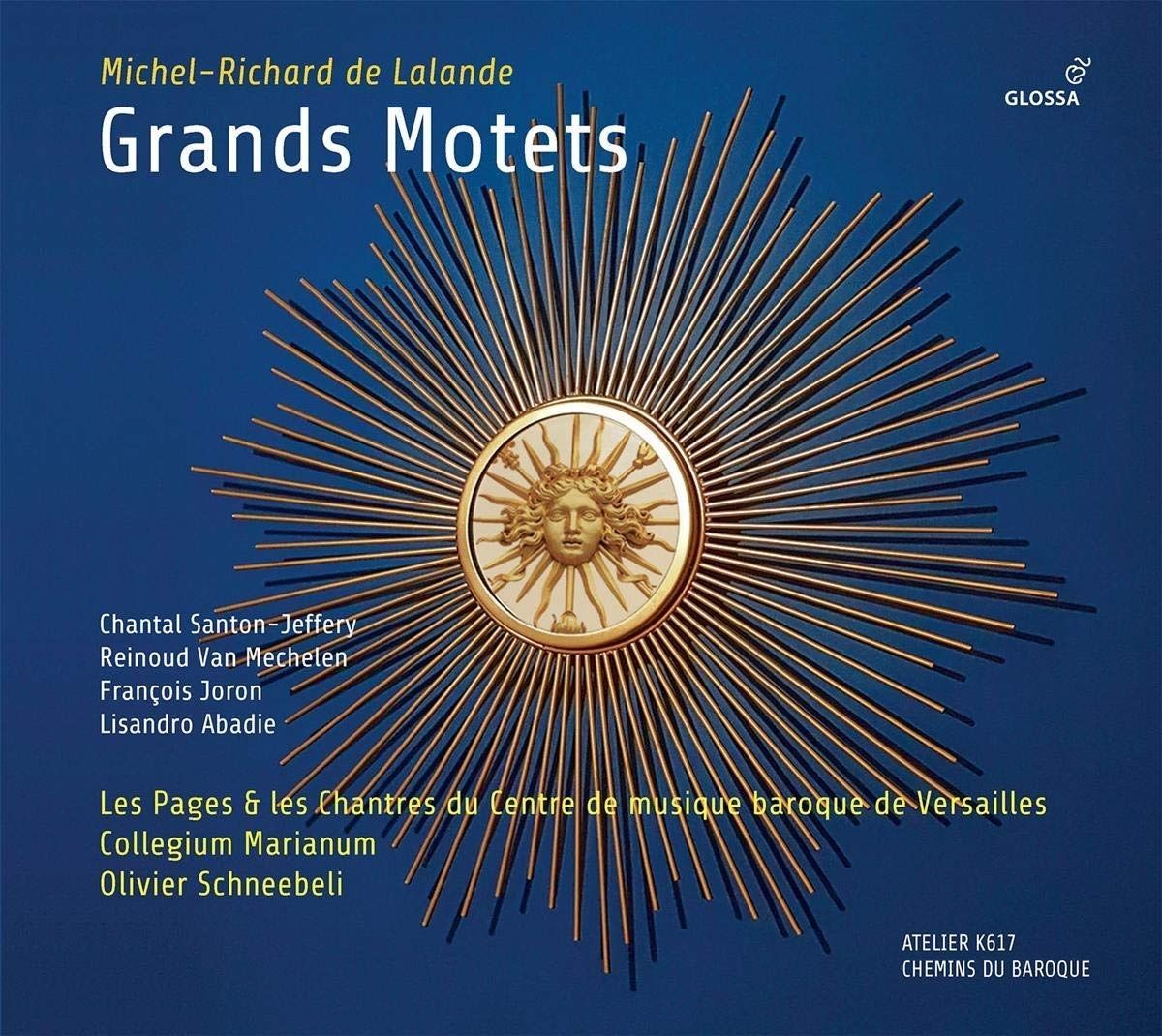
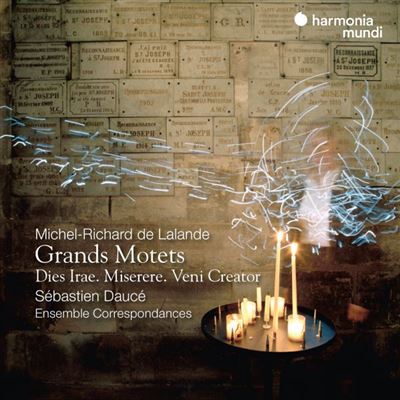
It is impossible to evoke music during the Regency without first highlighting the importance of an emblematic figure, a true link between two reigns: Lalande. As Louis XIV's favorite musician, he brought the genre of grand motet to its peak, giving it a decisive breath and establishing a model that would endure until the end of the Ancien Régime.

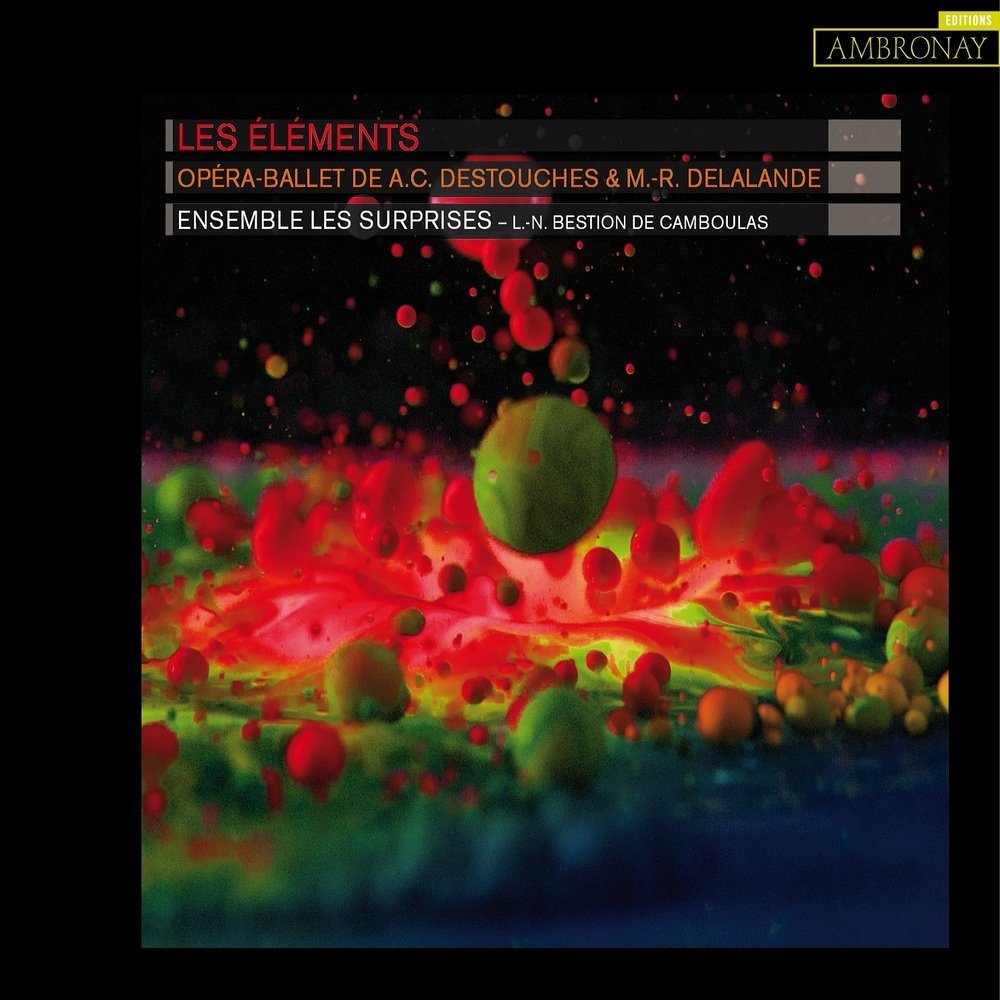
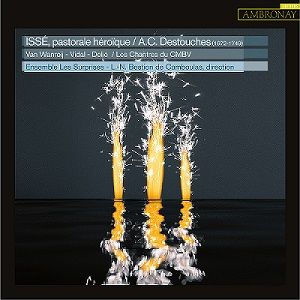
Reigning for some time still in the Chapel but also in the King's Chamber, Lalande also provided music for numerous entertainments for the young Louis XV, especially for the three ballets danced by the king at the Tuileries in 1720 and 1721 (L'Inconnu, Les Folies de Cardenio, Les Éléments). But the old master was preparing his succession and favoring his disciples, Destouches (who assisted him for Les Éléments) and Colin de Blamont.
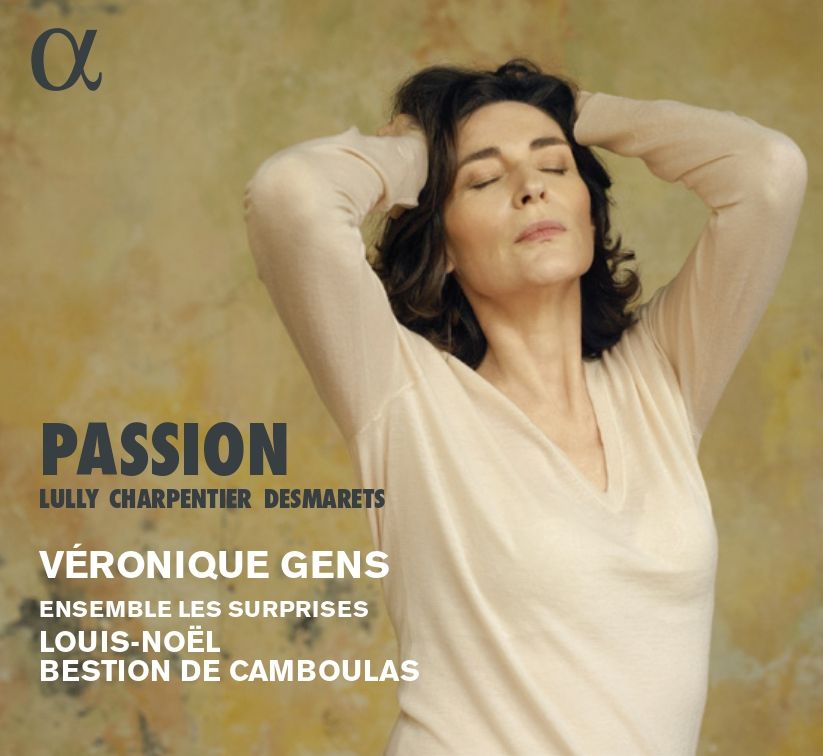
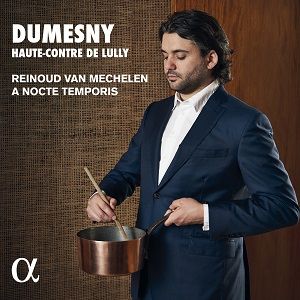
For the entertainments of the young king, one must not forget the pieces that delighted the previous reign, such as the comedy-ballets of Molière and Lully, thus inscribing novelty in a form of continuity.
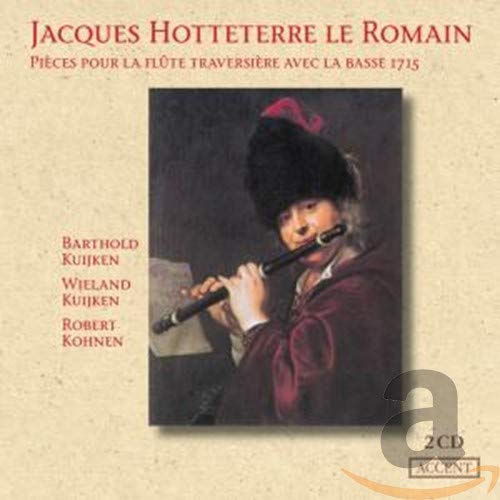

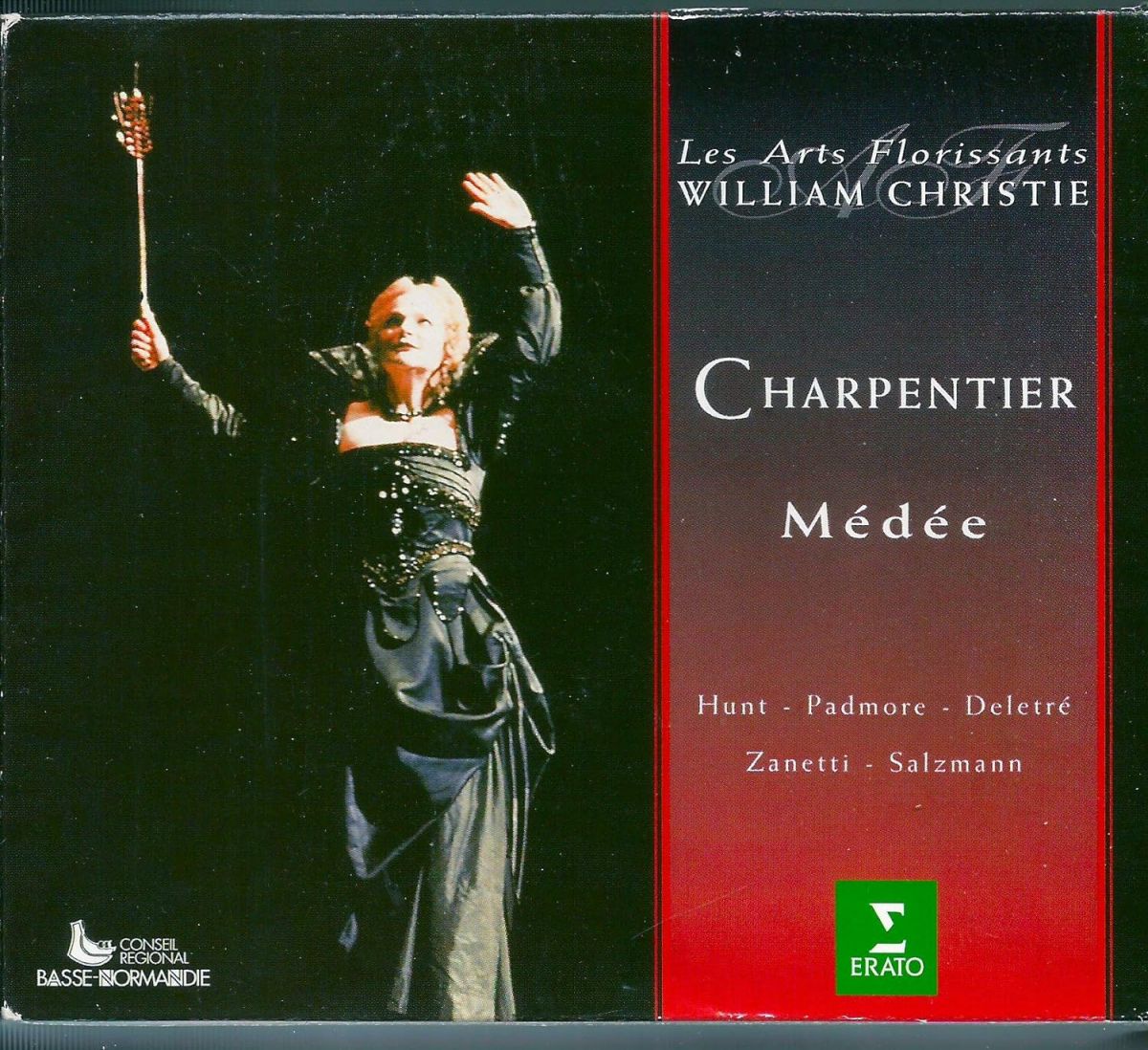
This link is also embodied through the figure of Couperin, harpsichordist of Louis XIV, then of the "nascent lily," Louis XV: a chronological but also aesthetic link, through his "goûts réunis," a musical synthesis of French and Italian styles of which he was an ardent defender, just like the Regent himself.
In Paris, Philippe d'Orléans was an inspired patron and also an accomplished musician; he maintained a flamboyant court, making the capital the epicenter of power but also the melting pot of a new sociability and a fruitful cultural life. Several musicians dedicated "portraits" to him, such as Couperin, Hotteterre, or Forqueray, the latter two teaching him the transverse flute and the viola da gamba. Diligent and talented, the prince also engaged in composition, which he learned from the best masters: Charpentier, Campra, Bernier, and Gervais, all attracted by the current of Italianism that was then spreading throughout society.
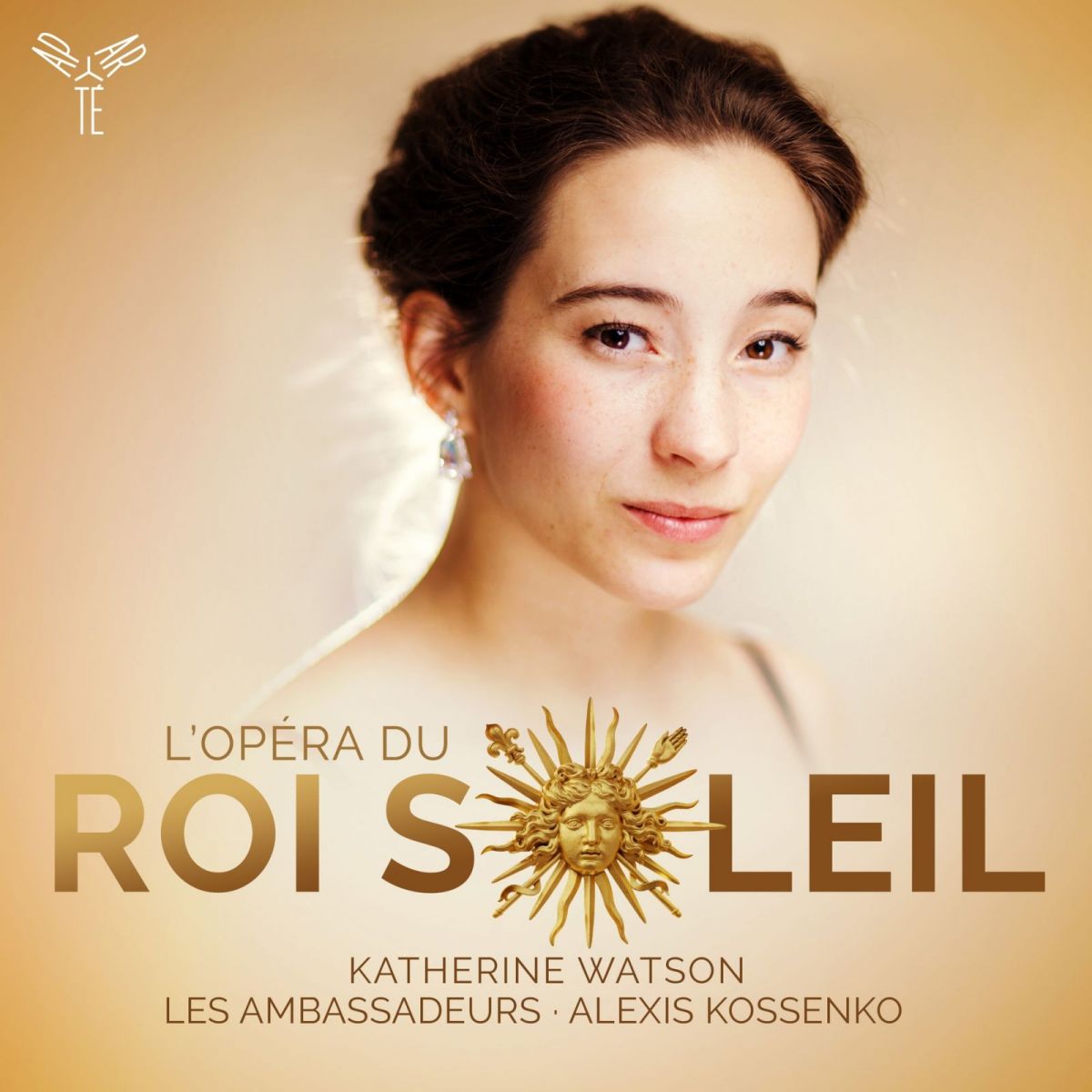
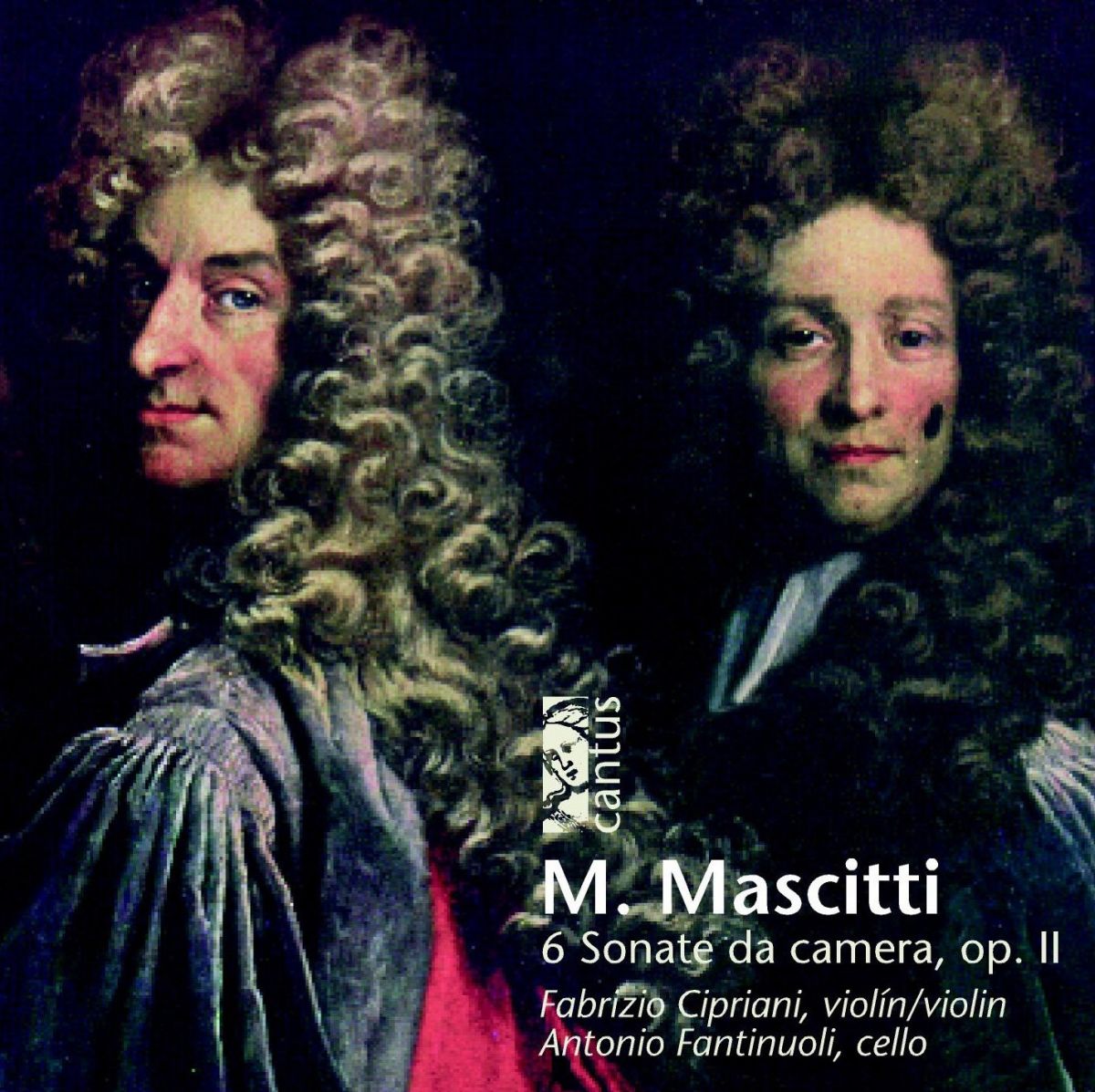
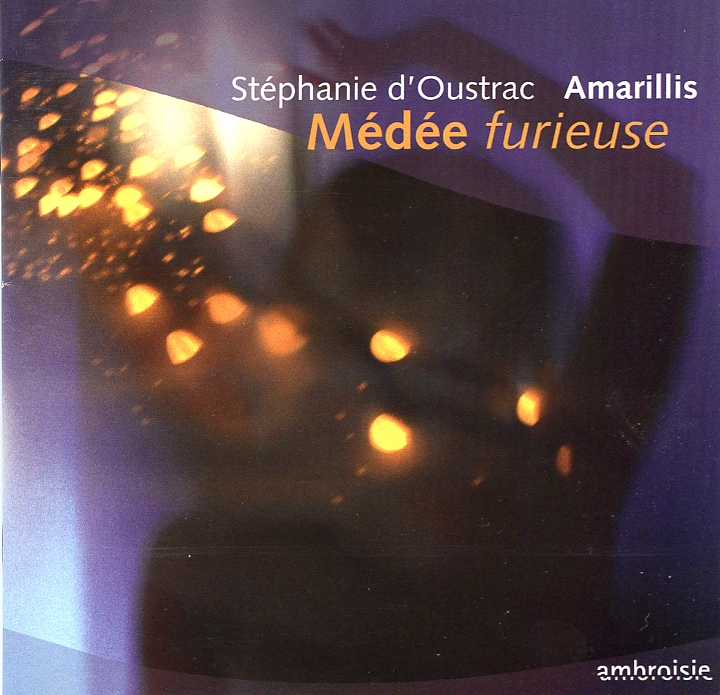
Because the duke's great passion is Italian music. He will promote the introduction in France of ultramontane genres such as the cantata, the sonata, and the concerto. Alongside the Italian musicians protected by the prince (Stuck, Mascitti, Guido, etc.), many French musicians let themselves be won over by this taste, which they acclimate to the French idiom. Inspired by mainly Roman or Neapolitan models (Scarlatti, Bononcini, Mancini), Bernier or Clérambault are among the first to propose "French" cantatas. Captivated by the music of Corelli, which was then permeating Europe, many French violinists try their hand at the sonata or concerto, from François Duval, the author of the first published violin sonatas in France (1704), to the Lyonnais Jean-Marie Leclair, who releases his 1st book of sonatas in 1723, the same year as the death of the Regent; also excelling in the concerto, Leclair is considered the founder of the French violin school.
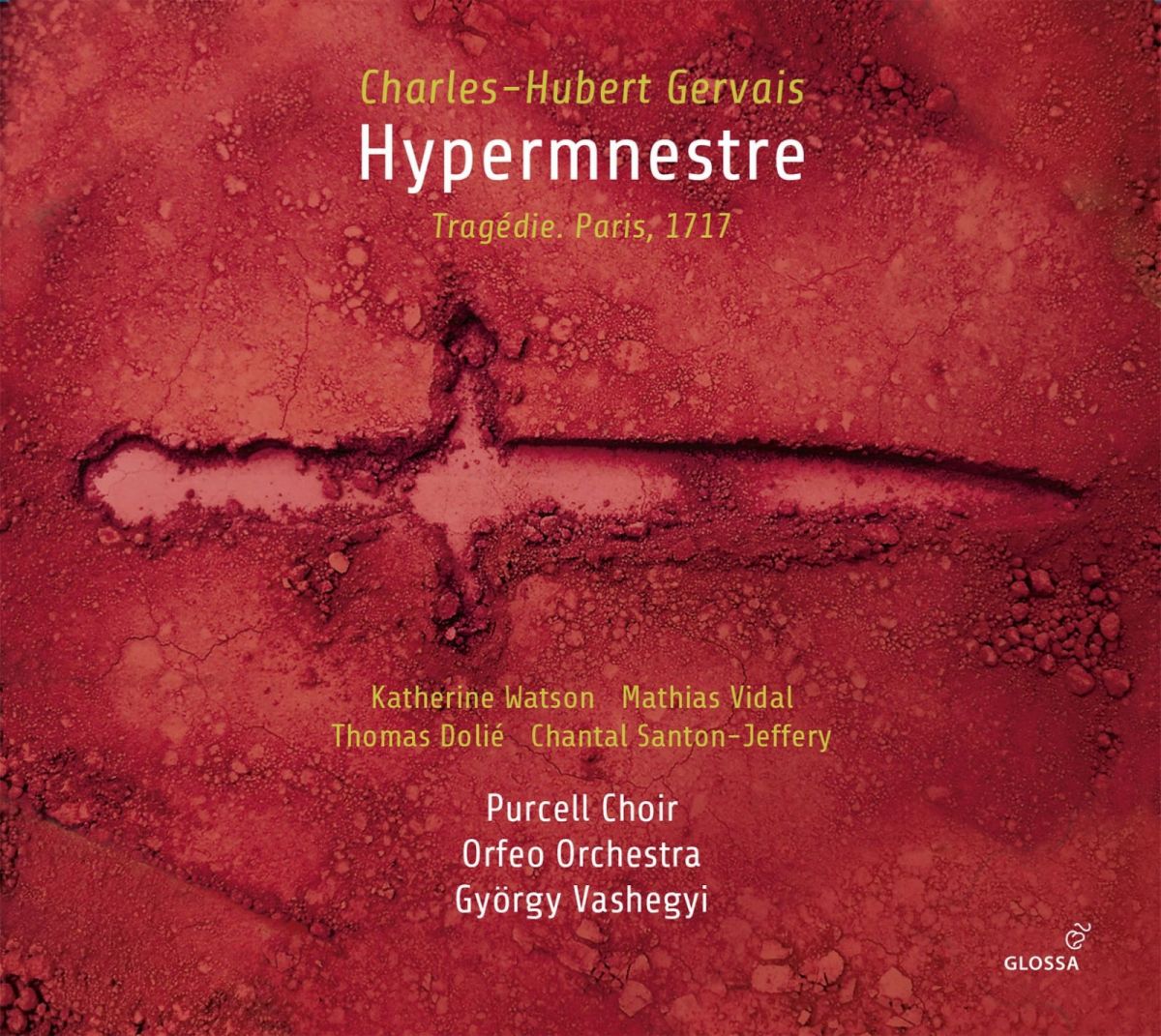
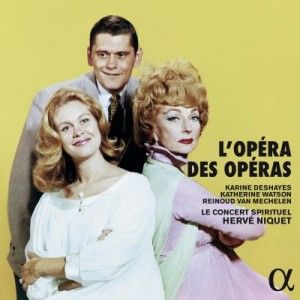
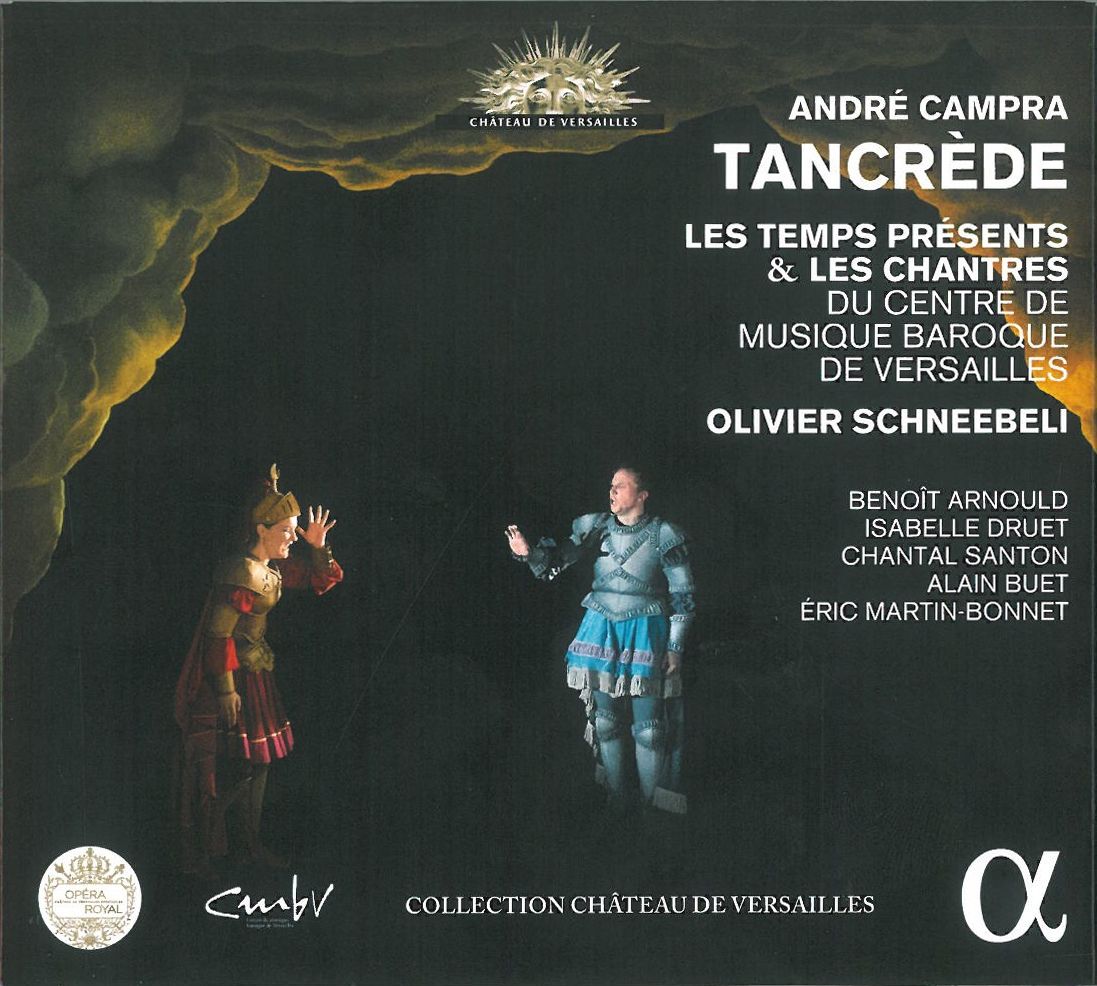
This breath of Italianism even infiltrates the Royal Academy of Music - the first Opera in Paris. The Regent will even try to invite, from London, Handel's Italian opera troupe. The prince indeed has an immoderate taste for opera. Between 1715 and 1723, many composers, such as Campra, Bertin de La Doué, Gervais, Destouches, Stuck, dedicated their works to him, in an extraordinary emulation, which will soon pave the way for a certain Jean-Philippe Rameau..



